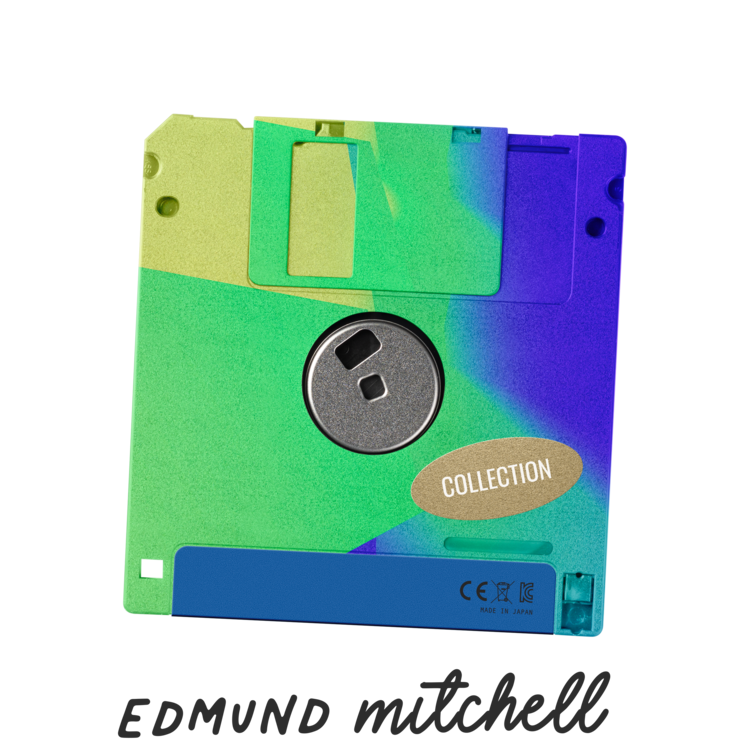
Jesus and the Jewish Roots of the Eucharist Brant Pitre
Brant Pitre
Douobleday 240 pages
Once or twice a year I read a book that rocks my world. This was one of them. This is a super review of sorts; a bunch of resources, videos, and links are included.
How would the Jews at the time of Jesus viewed his actions at the Last Supper and His words about the Eucharist?
It's hard for a twenty-first century Christian to hear the words and actions of Christ with the ears of the Jews who heard and saw them firsthand. Dr. Brant Pitre attempts to accomplish just that in "Jesus and the Jewish Roots of the Eucharist". He gives you the eyes and ears of a first century Jew using the Bible and ancient Jewish tradition. Seeing the Eucharist from this perspective is like suddenly seeing 3D after living your entire life in two dimensions - mind blown.
Dr. Pitre looks at the Eucharist through the Old Testament and various sources of Jewish tradition; the Targums, Babylonian Talmud, and Mishna are various collections of ancient commentary, oral traditions, and Bible commentaries from Jewish rabbis between 600 BC and 220 AD.
The book focuses chiefly on the New Exodus, the New Passover, the Manna, and the Bread of the Presence. Dr. Pitre unpacks each of these perspectives on the Eucharist by first looking to the Old Testament and then drawing from the extra-biblical traditions of ancient Rabbis.
Bread of the Face
By far the two biggest takeaways for me are the sections on the Manna and the Bread of the Presence. The Bread of the Presence is remarkably hard to miss in its connections and implications with the Eucharist. An accurate translation of the Bread of the Presence is literally the "Bread of the Face" and was kept in the tabernacle the Jews had in the wilderness during the exodus (Leviticus 24:1-9) along with the Ark of the Covenant and the golden lamp stand, known as the Menorah.
The Bread of the Face was kept on a golden table, or altar, and veiled when brought out of the tabernacle (Numbers 4:1-15). It was kept with flagons of wine (Exodus 25:29) and the bread and wine were eaten by the Levitical priests every Sabbath day (!). The Bread of the Presence was a "perpetual due" that would be continually "before the Lord" as a "covenant forever".
According to Rabbinic tradition, the bread changed once it was brought into tabernacle, as Dr. Pitre explains:
"...certain rabbis believed that something special happened to the Bread of the Presence when it was offered by the priests as a sacrifice to God. Before the bread was brought into the Holy Place to be offered in sacrifice, it could be laid on a marble table. But after the bread had been consecrated to God by the priests, it had to be laid on a golden table..." (pg. 128)
Also, when the Temple in Jerusalem was built and pilgrims would travel for miles to celebrate Passover, Pentecost, or the feast known as Tabernacles, the Bread of the Face would be removed from the Temple so pilgrims could see it:
"They [the priests] used to lift it [the Golden Table] up and exhibit the Bread of the Presence on it to those who came up for the festivals, saying on them, 'Behold, God's love for you!' (Babylonian Talmud, Menahoth 29A)" (pg. 130-131)
The connections here to the Eucharist, as we know it now in our experience as Catholics, are just ridiculous. What more love does God have for us than giving us His body on the cross and in the Eucharist? Doesn't it make sense that this sign of the "covenant forever" would continue after Christ, to be eaten on the Sabbath? Isn't it a sign of God's "presence" here on earth with His people and in His "temples"?
There were at least two chapters in the book when I felt the sections drawing from the writings of the rabbi's were redundant and hard to trudge through. Sometimes there wasn't much incentive to read those parts except to see that the rabbis agreed with how Dr. Pitre interprets the Eucharist through the Old Testament. Despite those couple instances, the book is very easy to read and hard to put down.
READ THIS BOOK!
Like a Scott Hahn book, Dr. Brant Pitre uses the Old Testament to explain the Catholic faith in ways that leave you screaming "Why have I never heard this before?". Dr. Pitre answers the question "why did early Christians so easily believe in the Real Presence?" in a very convincing and unique way.
This book would be a time-bomb to give to a protestant and great for those who think Mass is boring or don't understand the Real Presence of the Jesus in the Eucharist. This book is a must read and I highly recommend buying multiple copies to give away.
Resource Goodness
You can read the first chapter of this book here. Also check out Dr. Brant Pitre's website with links to talks and other books by him.
You can get an outline of Dr. Brant Pitre's talk on Jesus and the Jewish roots of the Eucharist here. Download and save the pdf by right clicking and clicking "save as". This outline gives you a bird's eye view of the book and would be great for presenting this content to an RCIA class or other study group at your church.
You can also listen to an hour long talk by Dr. Pitre on this topic (and most of the content of the book) here.
Video Goodness
[youtube=http://youtu.be/eiZMyqGLw5Q]
[youtube=http://youtu.be/97SvFoW-hS4]
[youtube=http://youtu.be/TtdrOcoEPSs]
### I received this book for free from WaterBrook Multnomah Publishing Group for this review, through the Blogging for Books program. I was not required to write a positive review and I receive no other compensation for this review other than the book.




